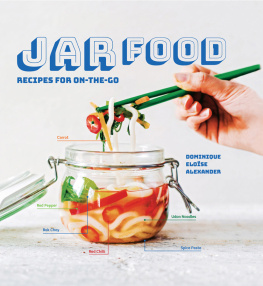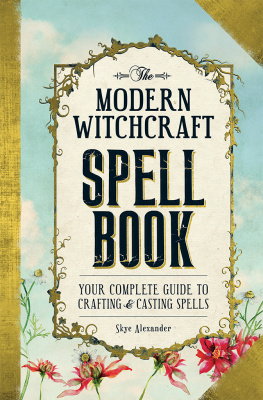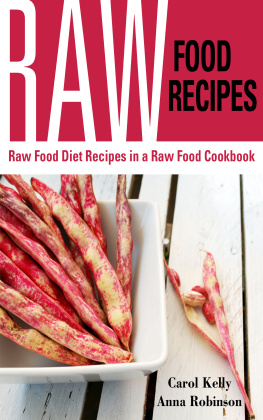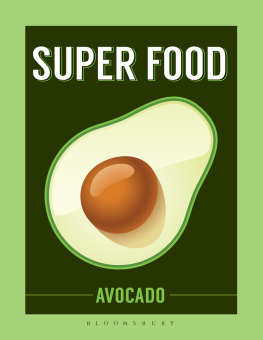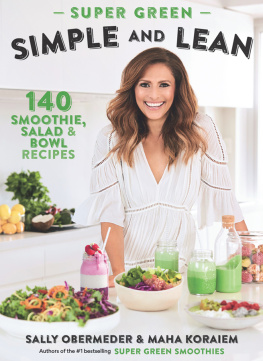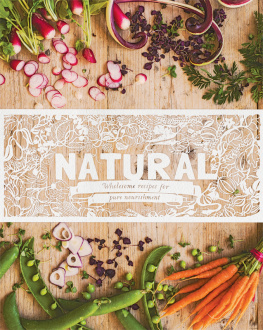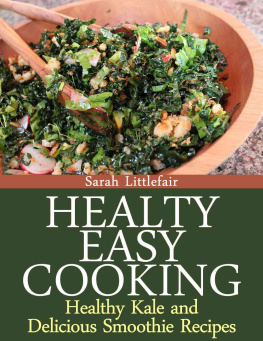
CONTENTS

INTRODUCTION
For me, having the autonomy to create ones own food has always been exciting. From cooking meals for my brother and myself after school to challenging myself through university to try different ingredients every week and embracing the joy that home cooking could bring. That love has only grown in the past few years and as I have got busier, my cooking has had to keep up. Jar Foods is a way of taking great wholesome food with you every day whatever you are doing. Whether it is having breakfast on the go or taking ten minutes for a breath of fresh air and a quick snack in the afternoon to refocus, these recipes will allow you to nourish yourself with minimal effort.
Eating in-season foods is very important to me and is a great way to keep costs down when shopping for your fruit and veg. The recipes in this book take you through all the seasons, so if you are struggling to find something at a particular time of year, take a moment to think what that adds to the jar and if theres something you can see that has those same flavour elements. I have included some suggestions throughout the book, but asking your greengrocer or having a quick search online before you shop can be just as easy to find alternatives and ideas.
Alternative diets are also something I am passionate about. Great food is only great if lots of people can enjoy it. The wonderful thing about making your own breakfasts and lunches is that you can completely personalise them based on your tastes. These recipes are crying out to be chopped and changed with any ingredient you prefer. The majority of the recipes in this book are either vegetarian or vegan (or with optional ingredients to make them so) and I have also made sure to include plenty of gluten- and dairy-free options as well. This variety is the true essence of Jar Foods, having deliciously easy food ready to take with you when you need it, fuelling you for all that your life gives you.

WHY JAR FOODS?
Jars are first and foremost all around us. Many of these recipes can be made with any leftover jars you have although for some recipes it may be worth investing in some slightly larger ones to fit in all the ingredients! Glass is more easily recyclable than plastic and doing anything to reduce the dreaded Tupperware lid search on a frantic morning can only be a good thing. Jars are also gorgeous to look at. Its easy to see in your refrigerator exactly what you have as well as allowing you to pick your favourite bits out with your fork easily when eating.
My mum always said to us a Sunday well spent brings a week of content and I think that is never truer than when talking about batch cooking. It not only keeps costs down but also makes life so much easier. By spending a couple of hours on a Sunday making a few breakfasts and lunches for the week ahead you leave yourself your weekday mornings and evenings free to do whatever you like without having to worry. In each recipe I have made a note of how long they keep in the refrigerator to help with planning. Sometimes I like to make a slightly more complex recipe on a Sunday for Monday, Tuesday and Wednesday, then pick a quicker one to make on Wednesday evening for the rest of the week. Fridays can be a bit of a struggle if there is not much left in the refrigerator, so I hope the recipes in this book give you plenty of ideas for just how easy it is to put together a meal in a jar.
Each recipe makes 1 jars worth and I have specified the size of the jar so you can compare it to what you have at home the easiest way to do this is fill it with water then pour it into a measuring jug/cup. Some of the recipes do need a larger jar to fit in all of the lovely ingredients, so it might be worth investing in two or three jars so you can prep ahead for the week. All the recipes are simple enough to multiply easily as needed and the main meals are equally delicious as dinners both on the go and at home for a few hungry housemates.
ESSENTIAL KIT
The basic bits you will need to make your life easier are:
1 1 litre/34fl oz jar (for a large batch of granola)
3 500ml/18fl oz jars (perfect for breakfasts)
2 700ml/25 fl oz jars (best for main meals)
4 250ml/9fl oz jars (great for snacks)
4 100ml/3fl oz jars (these little guys so cute for puddings)
I like both screw-top and rubber-sealed preserving jars there really isnt a best one. Tiny rubber-sealed jars are great for dressings to avoid any spillage en route and double up as great pudding pots.
Wide neck funnel: no spillage whatsoever and keeps everything simple when filling up your jars.
Salad spinner: I was lost without one and now I use it all the time. It saves so much time when putting together jars.
REHEATING TIPS
If you are reheating your jars at work there are a couple of things to consider. To keep it super-easy if you have a microwave I would suggest using screw-top jars, as they are easy to remove the metal from and you can eat straight out of them. About 45 minutes on medium heat setting should be enough and its always worth stirring halfway through cooking to help things along. If you are heating in the oven with either type of jar, remember to remove any rubber seals so they dont melt. I usually preheat the oven to 160C/325F/Gas mark 3 for about 20 minutes to ensure everything inside is piping hot. Whatever reheating method you use, please use proper oven gloves (mitts) or a triple-folded dry tea towel to remove the jars. Glass gets so hot and Id hate for you to burn yourselves or drop your lovingly prepared meals. Leave them to stand at room temperature for a couple of minutes post-heating before either turning out into a bowl or plate or diving straight in with your fork.
MEAL PLANNER
Lots of these recipes youll notice have easily interchangeable ingredients, such as the veg, making them able to be entirely your own. This also means that if youve got a glut of something to use up you can find a few different ways of making them taste great. For example, carrots are fantastic in the Burrito Jar, Asian Noodle Soup and the Sushi Jar. They even make up one of the main root vegetables for the Winter Warmer Soup another great recipe to use up whatever veg you have left in the bottom of your fridge at the end of the week. In this sample weekly meal planner for days when you are eating away from home, the recipes use similar ingredients but yield different meals.
Spending a Sunday morning making your snacks for the week can really add something extra to your meals and with every one of these lunches; the humble carrot takes on multiple personalities. The Basic Granola is another incredibly customizable recipe. Here its used for 4 out of the 5 days but by serving it with all sorts of bits and pieces, you get a totally different brekkie every day. A little forethought and planning can make all the difference and by being efficient with your shopping it will not only save you loads of time in the long run but also save you some money!
MONDAY | TUESDAY | WEDNESDAY | THURSDAY | FRIDAY |
BREAKFAST |
LUNCH | on top or as an afternoon snack |

